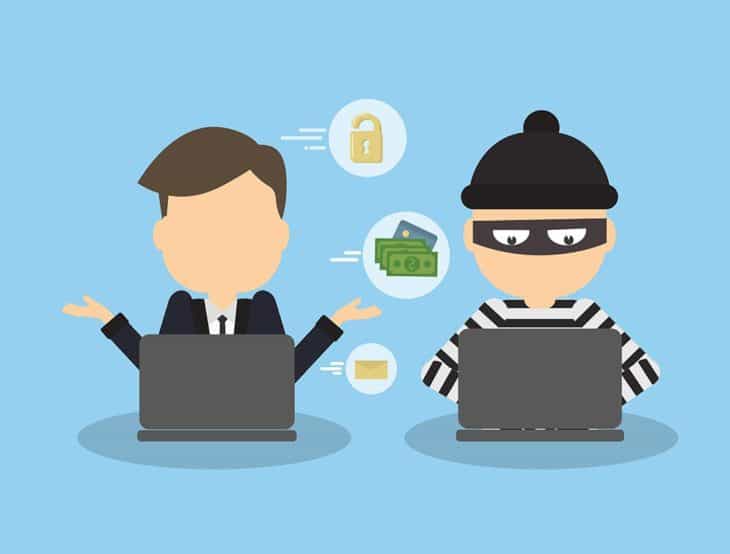Having your website held hostage until you pay a sum of money is treacherous, and stressful on your end because of the uncertainty of what can happen to your site during or after you pay the money. Ransomware is a severe threat to your website and affects so many with the demands of cash for the release of your domain. Securing your site with protection against hackers gives you peace-of-mind knowing your website isn’t going to be conquered by ransomware.
What Is Ransomware?
Ransomware works much like malware in that all it takes is being in the wrong place at the wrong time—on the Internet. The way it works depends on what kind of ransomware you’re getting. There are two different kinds of ransomware you should be aware of to protect your website.
Knowing which kind of ransomware is happening to your website will prepare you for what to do if a hacker does take over.
Encrypting ransomware
This type involves algorithms blocking your access to essential system files. Encryption is the most common form of ransomware. If you went clicking on the wrong thing or opened the wrong email, you are vulnerable to this sort of attack. The party involved can then get access to your entire library and lock you out of them. While trying to access them, a message will pop up on your screen, asking for hundreds of dollars (usually anywhere from $500 to $1000).
Locker ransomware
This one locks you out of your entire computer. After starting it up, instead of opening up your operating system, it will display a message that says if you don’t pay them, you’ll never gain access to your computer. In many cases, if you take your time to pay them, the amount will go up. Also, the form of currency is almost always in bitcoins.
What to Do in the Event of Ransomware
Since ransomware has unbreakable encryption, decrypting it won’t be an option. It’ll most likely change the names of all your files, rearrange them, and give them different extensions just to be annoying. There are some things you can do when it happens to lessen the blow, and you may not get all your encrypted files wiped clean.
Beware the botnets
First of all, ransomware collect botnets; meaning every time it infects a computer, it’s building up its arsenal for the next attack. Admittedly, that sounds cool, but it’s also terrifying because ransomware is continually evolving and most cases go unreported. So it’s important to purge the impacted files, but before you do that, make a copy of the infected files for later. Then, you should report the attack. By doing that, you are improving the safety for everyone else in the future.
Hit the restart button
If you have copies of all your files, restore your computer. Whether you use Windows or an Apple iOS, the function should work the same. Just go to wherever your settings are, repair and reinstall. This technique should wipe any malware from your computer. At this point, you can reinstall all of your files. You may also want to try booting your computer in safe mode and running your virus scanner.
Given into the demands
If you’re absolutely desperate to get your files back and you’ve thought long and hard about it, you can pay the ransom. It isn’t the most highly recommended solution for obvious reasons, but sometimes you can’t risk losing something important. So, we’ll let you be the judge.
3 Tips to Avoiding Malware
Prevention is the best way to avoid ransomware and a hacker from invading your website. Avoid a trojan horse with these tips.
Get anti-ransomware
As always, the best way to strike is preemptively. Consider installing anti-ransomware software if you haven’t already. It may only minimize the damage, considering the immense volume of ransomware out there right now (the number is growing daily), but it’s better than nothing.
Say no to uncertain things
Avoid clicking on mysterious links. That also includes opening sketchy emails. These two things are the top ways to get malware installed on your computer. Not only are you at risk for ransomware, but you’re opening your computer up for all kinds of trouble.
Backup ALWAYS
No matter what, you should always have backup files saved onto external drives. Save them so if or when your system fails or your computer gets infected, you can restore and reinstall and be (almost) good as new.
Protect Your Website
MVestor offers WordPress website security to help you in the fight against ransomware. We will continuously check on the protection of your site. Connect with us today to see how we can be a shield of defense for your website.

